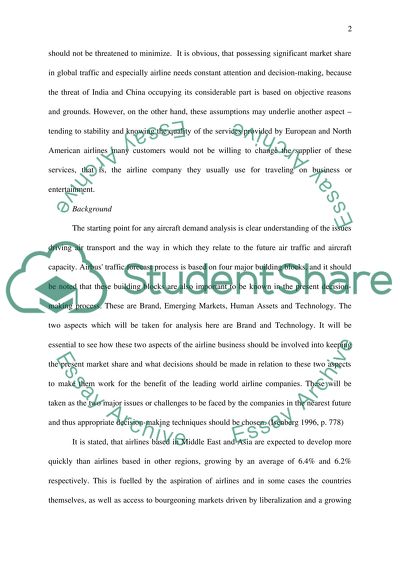Cite this document
(Consumer Decision Making and Competitive Marketing Strategies Assignment, n.d.)
Consumer Decision Making and Competitive Marketing Strategies Assignment. Retrieved from https://studentshare.org/marketing/1500011-decision-marking
Consumer Decision Making and Competitive Marketing Strategies Assignment. Retrieved from https://studentshare.org/marketing/1500011-decision-marking
(Consumer Decision Making and Competitive Marketing Strategies Assignment)
Consumer Decision Making and Competitive Marketing Strategies Assignment. https://studentshare.org/marketing/1500011-decision-marking.
Consumer Decision Making and Competitive Marketing Strategies Assignment. https://studentshare.org/marketing/1500011-decision-marking.
“Consumer Decision Making and Competitive Marketing Strategies Assignment”, n.d. https://studentshare.org/marketing/1500011-decision-marking.


